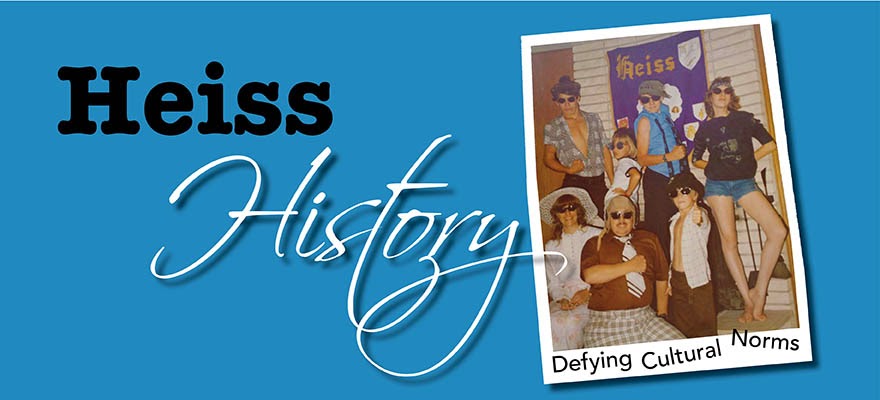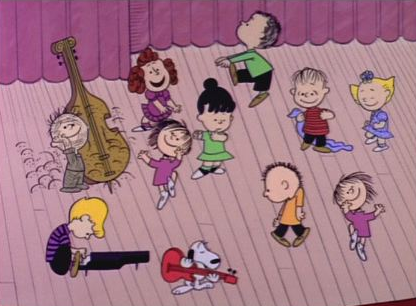Okay, now we enter a less positive time in my Road Show history.
But before I comment on this, I need to explain how things changed from the
last Road Show to this one.
In the mid-1970s the Church noticed that the Youth Program
was completely run by adults. Each youth class had a presidency which meant a
leadership structure. But the youth leadership was almost completely ignored.
The adults thought up, planned, and executed all activities.
The youth simply went along for the ride.
So, rather than being an experience to help cultivate
leadership, the Church youth program simply entertained us. All we had to do
was show up and something happened. This was especially true when it came to
Road Shows. They were all completely controlled by the adults. The youth
neither had say or wanted say when it came to being in charge. We were all
pleased with the status quo.
But the Church was not. They could see great potential in taking
a program that already had a rich history, MIA, and making it a training ground
to develop youth leadership. Scouters would argue that is what Scouting had
done for years. I beg to differ. I was a scout an I learned very little about
leadership during all those years. But my disdain for Scouting is a topic for another
post.
So, the Church introduced the concept of Shadow Leadership. This
was interpreted to mean that the youth were to take over the entire youth
program with the adults working in the shadows. A great concept in theory, but
what happened in our ward was that the adults became absentee leaders and the
youth had full reign. It was a disaster --
most notably in the realm of the Road Show.
There was a Road Show hiatus for a few years as the Stake
tried to grapple with Shadow Leadership. By 1976 the Stake was ready to try the
shows again. This time, rather than Stake and Ward committee composed of adults;
these same committees were composed of youth.
Then, using the trickle down theory, the whole implementation
of the Road Show at the ward level was the sole burden of the youth. This meant
writing, directing, acting, choreography, and costumes. Well, we did get a little
help with costumes, but that was it. As independent as youth tend to think they
are, it is really a façade -- especially when it comes to putting on a Road
Show.
I was asked to write and direct the Road Show. Why me? I
have no ideal. My only claim to fame, when it came to Road Shows, was feigning
stage fright during our ward’s last Road Show. I had never written a script,
developed a plot, or directed my peers. But, I took the challenge because I was
more arrogant than wise.
I assembled a committee of my ward friends and we
brainstormed a Road Show. Popular on TV at the time was the Donny and Marie show. It was even more
popular among the youth because Donny and Marie Osmond were Mormons.
We decided to do a spoof on the Donny and Marie Show and called it the Dunky and Moron show. Rather
than hold auditions, which we all hated, I simply asked people whom I felt
could perform do accept different roles.
Bob Wotring was Dunky and Molly Moffett was Moron. Bob could
not sing, but he had a loud voice and had no fears. So he was the perfect
candidate. Molly was a gifted singer and also has a natural stage presence.
We followed the pattern of the variety show and had a series
of small acts and some singing as well. Now of course, the quality of the script
and the presentation were greatly diminished from the heyday of Monopoly. But
the show did go on and we survived multiple performances.
However, the concept of shadow leadership was an abysmal
failure. I felt much like Charlie Brown on Charlie
Brown’s Christmas as he sought to direct the play among his peers and no
one would cooperate. As we were but a few weeks away from our performance, the
entire cast mutinied. We had no actors, no props, no piano player, and no
hope.
Luckily, the adults decided enough with that experiment and the
Bishop Wotring assigned two people to help rescue the Road Show. With their
help we successfully performed our play. That was the last time I ever got
involved with a Road Show and, to be honest, I haven’t really missed it at all.
The only upside, besides enduring the whole Road Show process,
was that the Church realized that Shadow Leadership did not work. Gradually the
adults reengaged in the program and created a hybrid that has lasted even until
today.





No comments:
Post a Comment